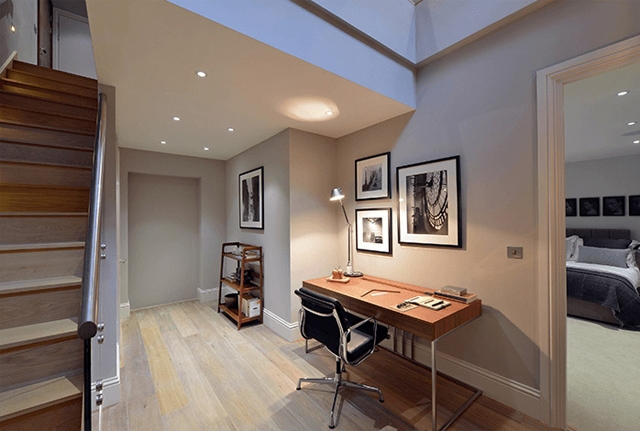Dry lining or drywalling is a walling technique that is great for commercial purposes. It’s easy to do and brings about a number of benefits. It’s best to know what really dry lining is, how it’s done, and what the benefits of using it really are.
What is Dry Lining?
Dry lining is using a plasterboard to cover the wall to which it will be attached to. The smooth plasterboard conveniently covers the wall, allowing you to easily cover the imperfections of your wall. It’s a great solution to the need to smoothen or flatten the bare wall. Instead of trying hard to make perfect the otherwise very imperfect wall made from blocks, bricks, or masonry you can simply cover it with a plasterboard, making things very easy for you. There are many types of plasterboards available on the market. Plasterboard comes in different length, different width, and different thickness. You can also find sound and fireproof boards.
What are the Benefits of Using Dry Lining
Dry lining truly brings about a great number of advantages, especially for commercial renovations. The following benefits given to us by trusted dry lining companies in London would probably convince you to opt for dry lining:
1) Quicker and more efficient
Dry lining is indeed a very way to deal with your walls. You can easily cover your walls with plasterboard, and the adhesives can really hold it firmly in place. You can do anything you want with the plasterboard immediately. The short time requirement is great for when you need to do your walls very quickly, like when you are conducting renovations. You also don’t need much expertise if you choose to go for the dry lining.

2) Lighter and drier
The plasterboard used for dry lining is very lightweight. The term dry lining also has a lot to do with the fact that you would be using a lot less water compared to working with wet finishes. It truly is lighter and way drier if you go for the dry lining.
3) Thermal efficiency
Plasterboard is a great insulator in itself. What adds to its thermal efficiency is that it provides for a bit more space between the plasterboard and the wall itself, to allow more insulation. Because of this, space is made thermally efficient, which also helps you bring down energy costs.
4) Easy decoration
Since you are working with a dry finish, you can immediately paint on the plasterboard right after installing it. In the case of traditional plastering, you will need to dry it first before you can do anything to it. And it takes some time before it dries out when you do a wet finish, up to several months at that. With dry lining, you can paint as soon as you install it.
You can also make use of wallpapers, and you may be able to install that wallpaper immediately. Without a doubt, it’s very easy to decorate.
5) Improves Acoustic and Fire insulation
Again, plasterboards really have a lot of benefits as they are. Dry lining plasterboards are usually sound absorbing and fire insulating. What’s more is that the slight gap allows air pass through, allowing your space to breathe continuously.
6) Hides pipes and wires
Because plasterboards are very versatile, pipes and wires can also be easily hidden because of the dry lining. No more ugly wiring to bother you!
7) Minimizes Moisture and Waste
Traditional plastering would require a lot of water. You would truly be saving on a lot of water with dry lining. You will also be eliminating a lot of wastes because you would not be using sand, cement, or lime because you would just need glue. The only waste that you will generate is trimmings of your plasterboard.
Planning a commercial renovation? Go for dry lining!
Dry lining is undeniably an easy option for your walls and packs a lot of benefits. It’s easy to install, easy to decorate, eliminates waste, thermally efficient, sound and fireproof, so what’s more to ask for right?
While traditional plastering is a complicated process, dry lining offers you a shortcut that would not compromise quality. So if you’re planning some commercial renovation, make sure to give dry lining a chance – you would not be disappointed.
Read More: 5 Kitchen Design Lessons You Can Learn from Scandinavian Interiors
